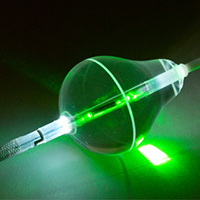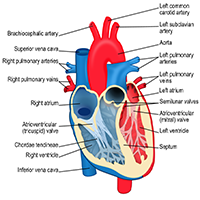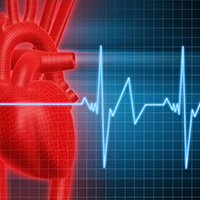Dr Oliver Segal, Consultant Cardiologist & Electrophysiologist
Dr Oliver Segal
Consultant Cardiologist & Electrophysiologist
Dr Oliver Segal MBBS MD FRCP FHRS
Consultant Cardiologist & Electrophysiologist
Dr Oliver Segal
Consultant Cardiologist & Electrophysiologist MBBS MD FRCP FHRS
Recommendations for Dr Segal
These recommendations are for information purposes only. Doctors providing recommendations do so in good faith and are not responsible for clinical outcomes.


















Recommended by:
Make an appointment
Address
-
The Harley Street Clinic (Mondays: 1pm - 5pm; Tuesdays: 9am – 12pm)
78 Harley Street, London, W1G 7HJ
-
HCA UK at Devonshire Street
16-18 Devonshire St, Marylebone, London, W1G 7AF
-
The Physicians' Clinic London
13-14 Devonshire Street, London, W1G 7AE
-
Telephone or video consultation (Mondays: 2pm – 5pm; Fridays: 9am – 12pm)
Virtual
About Dr Oliver Segal
Dr Oliver Segal is a distinguished heart specialist, focusing on cardiology and electrophysiology. He practices privately at The Harley Street Clinic and Barts Heart Centre, St. Bartholomew's, and also serves NHS patients at University College Hospitals. Dr Segal is renowned for his patient-centred approach in treating heart rhythm disorders.
Graduating from King's College London in 1995, Dr Segal has dedicated his career to cardiology, specialising in cardiac electrophysiology. He completed his training at St. Mary's and St. George's Hospitals in London and further honed his expertise with a Fellowship in Electrophysiology & Devices at Prof George Klein's centre in Canada in 2007. His research in mapping complex ventricular arrhythmias earned him a doctorate from The National Heart & Lung Institute, Imperial College in 2008.
Dr Segal treats a wide range of conditions, including atrial fibrillation, SVT, ectopics, and ventricular tachycardia. He performs procedures such as catheter ablation, pacemaker implantation, and the fitting of Implantable Cardioverter Defibrillators (ICDs). His work aims to improve patients' quality of life by addressing heart rhythm issues.
In addition to his clinical practice, Dr Segal is actively involved in research and publishes regularly in cardiology and electrophysiology journals. He is the lead for electrophysiology and arrhythmias at UCLH and a member of the European Heart Rhythm Association Exam Setting Committee. His professional memberships include the Royal College of Physicians, the British Heart Rhythm Society, and the Heart Rhythm Society (USA).
Areas of expertise
- Arrhythmia (irregular heartbeat)
- Atrial fibrillation
- Atrial flutter ablation
- Atrial tachycardia ablation
- Autonomic disorders
- Autonomic mediated syncope
- Biventricular pacemakers and ICD implantation (CRT-P & CRT-D)
- Bradycardia
- Cardiology
- Cardiac pacing
- Cardiac re-synchronisation therapy
- Cardiomyopathy
- Cardioversion
- Catheter ablation
- Chest pain
- Defibrillator implantation (ICD)
- Dizzy spells
- ECG (electrocardiogram)
- ECG monitor
- Echocardiogram
- Electrophysiology
- Heart rhythm disorders
- High blood pressure
- Hypertrophic cardiomyopathy
- Internal loop recorder implantation (reveal linq)
- Leadless pacemaker implantation
- Left atrial appendage occlusion device implantation (watchman device)
- Long QT syndrome
- Loss of consciousness (syncope)
- Pacemaker & ICD follow up (remote monitoring) & checks
- Pacemaker implantation
- Pacemaker surgery
- Palpitations
- Postural orthostatic tachycardia syndrome (POTS)
- Supraventricular tachycardia (SVT)
- SVT ablation
- Syncope (blackouts & collapse)
- Tachycardia
- Ventricular ectopic/tachycardia ablation
- Ventricular fibrillation
Professional memberships
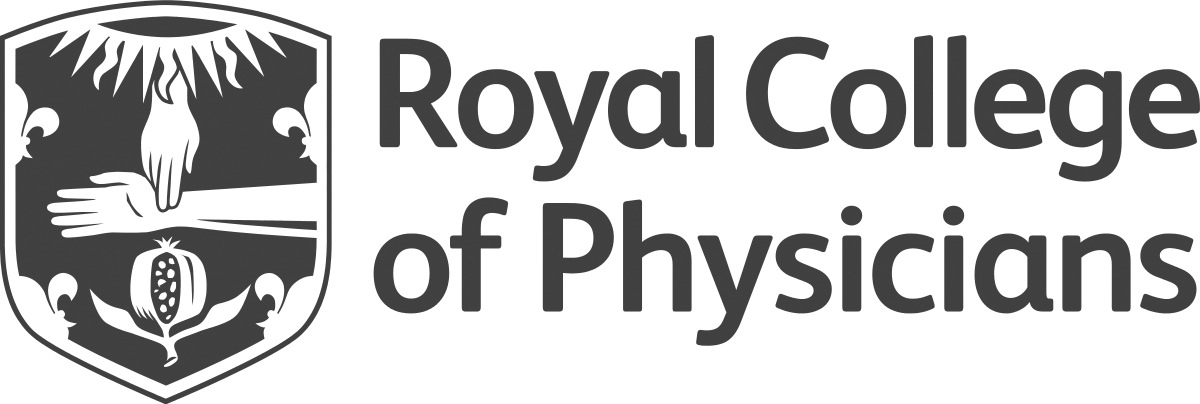
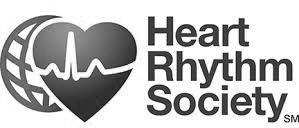
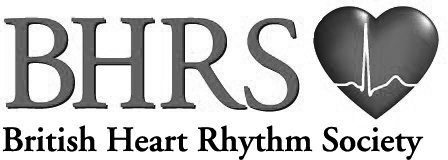
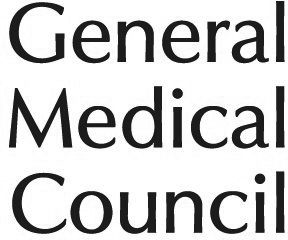
Articles by Dr Oliver Segal
Does adenosine response predict clinical recurrence of atrial fibrillation after pulmonary vein isolation?
Intra-coronary guidewire mapping-a novel technique to guide ablation of human ventricular tachycardia.
Characterization of the effects of single ventricular extrastimuli on endocardial activation in human infarct-related ventricular tachycardia.
A novel algorithm for determining endocardial VT exit site from 12-lead surface ECG characteristics in human, infarct-related ventricular tachycardia.

 Instant booking
Instant booking

































